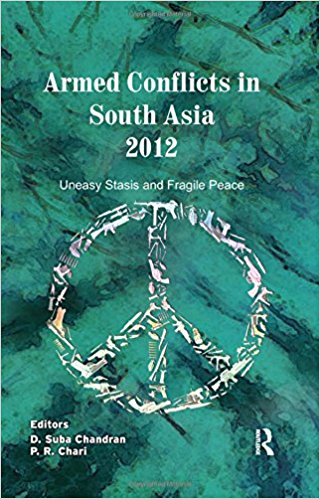It is generally accepted that peace is a natural condition while war is an aberration. Peace is defined as ‘not violence’. Johan Galtung has defined violence in two categories, direct violence and indirect violence. Direct or overt violence is the visible act of violence when a policeman hits at a protester, when two people are involved in a physical fight. Indirect violence may not be visible and is masked in the way society is organized, through economic inequalities, caste and racial discrimination in which the development potential of an individual is denied. Indirect violence is further of two types, structural violence and cultural violence. Structural violence is that which limits, prohibits an individual from achieving their potential. Malnutrition, injustice, discrimination, lack of access to education and economic opportunity are examples of structural violence.

Hegemony of Violence Analysed
Satyabrat Sinha
ARMED CONFLICTS IN SOUTH ASIA 2012: UNEASY STASIS AND FRAGILE PEACE by D. Suba Chandran and P.R. Chari Routledge, New Delhi, 2013, 236 pp., 695
October 2013, volume 37, No 10
